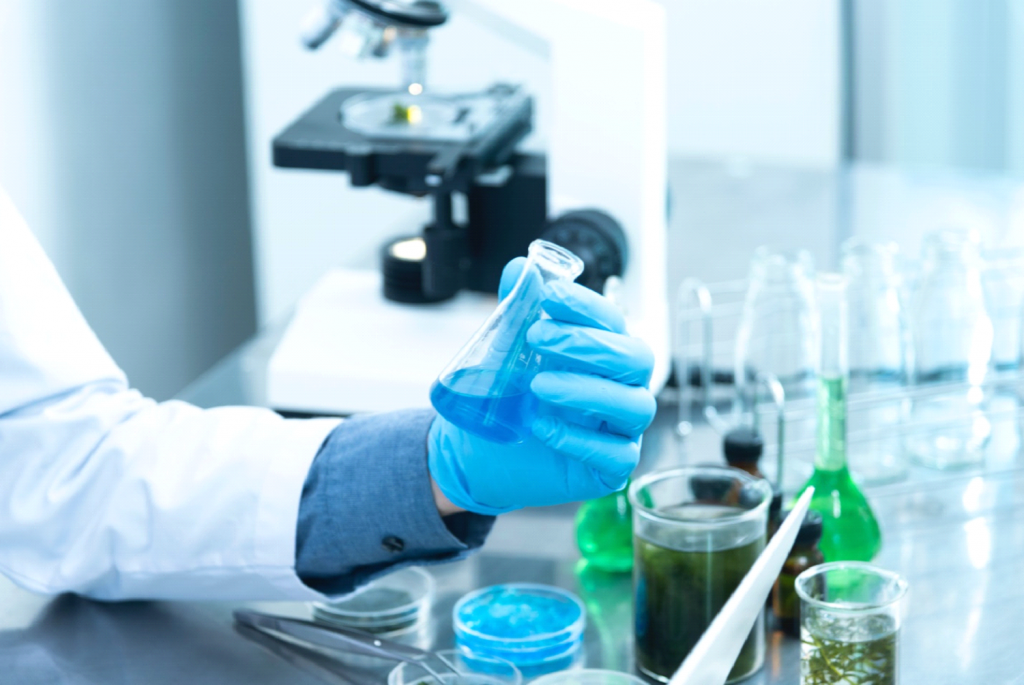Analytical chemistry is one of the major fields of science that has made some significant contributions in the industry.
Without the works of analytical chemistry, many of our most important discoveries and inventions wouldn’t exist! So, what does this field of science entail?
Let’s find out!
What is Analytical Chemistry?
It is the branch of science that analyzes and examines all kinds of matter and substances on Earth. When you come across a substance in analytical chemistry, you conduct all kinds of research on it, from separation and identification to quantification.
What Methods Are Used in Analytical Chemistry?
There are two types of methods that are used to perform the different stages of analytical chemistry. In order to identify and quantify substances, this field is divided into two methods:
⦁ Classical Methods
Classical methods have been in use for many years and they provide the most accurate results while identifying a substance in chemistry. Some of the most important ones are:
⦁ Acid Test
One of the most practical tests to find out if an object is real gold is to perform the acid test on the material. When acid is applied to the metal and it doesn’t corrode or melt, it means that it’s real gold. However, if the acid corrodes the metal, it’s a sure sign that the metal in question isn’t gold at all.
⦁ Flame Test
The flame test can be performed for many different chemicals. Many analytes (the substance being identified) can be identified by moving them closer to flames and observing the change in color of the flame or the substance. For example: when you move copper (I) closer to flames, it emits blue light. When you perform the flame test on copper (II), it emits green light.
⦁ Kastle-Meyer Test
One of the most famous tests to identify blood from crime scenes is to perform the Kastle-Meyer test. Here, the Kastle Meyer reagent, Phenolphthalein is used to indicate the presence of hemoglobin. When you add phenolphthalein in places you think blood was spilled, this test confirms it by turning the hemoglobin pink!
⦁ Volumetric Analysis (Titration)
One of the long-established ways of identifying chemicals is volumetric analysis, which is commonly known by the name: titration. This is a quantitative test in which a known volume of a solution is added to another solution in order to identify chemicals and determine their quantity.
⦁ Gravimetric Analysis
This analysis is a method of quantitative analysis in which components are converted into a substance that can be isolated and then weighted. For example, gravimetric analysis is used to monitor the lead levels in water for consumption in order to avoid lead poisoning.
⦁ Instrumental Methods
Due to advancement in technology, there are many new methods that have been introduced for the identification and quantification of chemicals, such as:
⦁ Spectroscopy
Spectroscopy is used in order to measure the interaction between atoms and molecules and the electromagnetic radiations of a substance. This measure is seen being used when a prism disperses white light into many different colors of the rainbow. With the help of spectroscopy, you can effortlessly measure electromagnetic radiations.
⦁ Electrochemical Analysis
This is one of the most common methods used in analytical chemistry. When a substance is placed in an electrochemical cell, the analysis is used to measure the current or voltage flowing through it.
⦁ Calorimeter
A calorimeter is an instrument that measures the heat when a chemical reaction takes place. This method is used to study the interaction between the substance and the energy generated in the form of heat.
Sub-Branches of Analytical Chemistry
There are two different branches that are classified under the umbrella of analytic chemistry, which include: qualitative analysis and quantitative analysis. When an unknown solid is presented to chemists, they first perform qualitative analysis on the substance provided to determine what kind of chemicals are present, and then they conduct quantitative searches to find out the quantity. Let’s look more into these sub-branches:
⦁ Qualitative Analysis
Irrespective of the quantity and concentration of a chemical, a qualitative analysis is conducted in order to determine the standard of the substance. Therefore, in qualitative analysis, the amount of the product isn’t measured, rather the quality of the substance becomes the most interesting part of the research.
There are many ways in which qualitative analysis can be performed. From flame tests to titration, when a chemical substance reacts correctly to the test, it means that the substance is of high quality. However, if it produces minimum results that the quality isn’t the best not high enough in concentration.
One example of qualitative analysis is to observe a flame test reaction using a substance and see if the flame changes color or not.
⦁ Quantitative Analysis
When you’re analyzing a substance in a compound, quantitative analysis can help you determine the relative or absolute concentration. Quantitative analysis uses research, measurements, mathematical and statistical formulas to determine the numerical value amount of a substance in a compound or sample.
Usual measure tests used for this analysis are gravimetric analysis and volumetric analysis.
Examples of Applications of Analytical Chemistry
Analytical chemistry is one of the most significant branches of science and is applied in many fields of life. From pharmaceutical companies and chemical industries to food factories and agricultural industries, you will find analytical chemistry being used in all facets of life.
Some important applications in this branch are:
⦁ With the help of analytical chemistry, pharmaceutical labs determine the shelf life of each medicine
⦁ The soil is checked and tested for mineral concentration, and other nutrients for plant growth
⦁ Analytical chemistry is applied in chromatography which helps you determine the blood group classes in humans
⦁ It is used to decide the quantity and concentration of pesticides for agricultural use
⦁ Analytical chemistry also plays a vital role in forensic science, environmental analysis, and even clinical analysis.


